(Prices correct as of today’s date, are updated daily, are subject to change and represent genuine availability at time of update).
This fly cruise holiday is financially protected by Worldchoice Travel Ltd (t/a The Cruise Club) under ATOL number T7495
Please click here to check the essential travel requirements before booking this cruise.
Want to add a hotel stay or change your flights?
Just call our team of cruise specialists to help build your dream cruise holiday today!
Prices based on 2 people sharing. Cruise only price does not include flights. Fly-cruise price may vary by chosen UK airport.
What's Included
Return flights with luggage allowance
Private overseas transfers
Three-night 4* pre-cruise hotel stay in Sydney
14-night full-board cruise
Available Upgrades
Upgrade to all-inclusive and receive Premium beverages, speciality dining, Wi-Fi, and excursion discount for only £299pp
Itinerary
Fly over two-nights to Sydney
Flying overnight to Sydney
4* hotel stay in Sydney
4* hotel stay in Sydney
4* hotel stay in Sydney
Sydney, New South Wales
Check-out of your hotel and board the Norwegian Spirit
Eden, New South Wales
Burnie, Tasmania
Melbourne, Victoria
At Sea
At Sea
Milford Sound
Milford Sound
Milford Sound
Dunedin
Lyttelton
Picton
Napier
Gisborne
Tauranga
Auckland
Auckland
Arrive in the UK
Whats Included with Norwegian Cruise Line
Sail with confidence when you book with NCL Cruises. Everything from breakfast, lunch, dinner, and snacks from various dining venues to world-class entertainment, the use of swimming pools, hot tubs, leisure facilities, return flights, and more are included when you book a cruise adventure with Norwegian Cruises.
Accommodation
Breakfast, lunch, dinner and snacks in a choice of included dining venues
Entertainment throughout the day and evening
Use of swimming pools, hot tubs, fitness centre and leisure facilities where available
Return flights included from a choice of UK airports (fly cruise bookings only)
Youth programmes for 3-17 year olds
Complimentary shuttle service from ship to port where available
Selected hot drinks, iced tea, lemonade, juices, and water in selected venues
Porterage of luggage from port to cabin
Adult only areas
Theme nights and deck parties
A daily programme of activities
Explore Norwegian Spirit
On-board the Norwegian Spirit you are guaranteed to never get bored with their endless activity and spectacular dining options.












Sushi
In the mood for sushi? Pull up a chair at this contemporary sushi bar for some traditional Japanese culinary bites.
Price Per Person: À la Carte


Shore Excursions
TELL A WHALE OF A TALE
Swim with dolphins and other incredible marine life in the crystal-blue waters of the Caribbean. Get glacier-size goosebumps in Alaska as you witness a 30-ton whale leap out of the Pacific Ocean. In Europe, walk in the footsteps of history, get a taste of local culture and relive the epic battles once held at the Colosseum. Our Shore Excursions let you experience the world around you up close and personal — and on your time. Travelling with extended family or friends? We also offer small group tours and private tour options for a truly authentic and more intimate experience. So whether you’re discovering natural beauty or making your own history, each destination you visit allows you to create an incredible story you will share for years to come.
EXPLORE ON SHORE
WHY BOOK YOUR SHORE EXCURSIONS WITH NCL:
- Our shore excursion partners have been carefully vetted, and all proper health and safety guidelines are followed so that you can focus on what’s important — immersing yourself in the spectacular
- You’ll never get left behind if a NCL-organised tour is late — your ship will wait for you
- One-stop shop for all ports on your itinerary
- No hidden costs for transfers or entrance fees — the price you see is what you pay
- Dedicated and knowledgeable pre-cruise specialists & onboard consultants to help you with your tours
- Be one of the first off the ship in every port of call
- Flexibility to modify or cancel excursions without penalty up to 48 hours prior to arrival into port (any exceptions are noted in the tour description)
GO LOCAL TOURS
Authentic multicultural experiences await on a Go Local Tour with NCL. Explore how people in cities around the world live, work, eat and play on unique tours designed for guests who thrive on culture-connecting and unforgettable exploration.
WONDERS OF NATURE
Hang with the locals in Australia. Or pack your camera and enjoy majestic humpback whales near Hawai‘i, glaciers in Alaska, the soaring cliffs of Greece or the golden foliage in New England. They’re all naturally wondrous scene-stealers.
ADVENTURE RUSH
Start by letting your imagination run wild. Mush your way across an ice field in Alaska. Surf in Kaua‘i. Soar through the sky on a zipline on Harvest Caye. Go tubing in Belize or even airboat through the Florida Everglades. Your adventure awaits.
LAID-BACK LEISURE
Sometimes you just want to soak in the sun — and your surroundings. So find that perfect secluded beach and take it all in. Or shop the local markets for great bargains and take home a little something to complement your amazing holiday.
HISTORIC TIMES
Get up close and personal with places you’ve seen only in pictures. Then take some of your own. Stand in the shadow of the Colosseum. Tour a medieval castle. Unravel the mysteries of the Mayan ruins. Or catch a glimpse of the revered Emerald Buddha in the Grand Palace of Bangkok. Take a history lesson like no other.
SELFIE TOURS
Get your smile — and your mobile device — ready for a tour like no other. With NCL’s Selfie Tours, we will take you to picture-perfect places to fill your feed. Many of our tours are guided by a selfie expert who will show you how to perfect your angle, use a selfie stick and more.




















Elements
Come and experience ELEMENTS! From mesmerising magic to the visual feast of flying to exciting music and dance, this dazzling show will revel in the four elements of Earth, Air, Water & Fire. This show is an incredible spectacle of wonder, enchantment and sensual delight.
Price Per Person: Complimentary








Spa Thermal Suite
Refresh, recharge and rejuvenate in Mandara Spa's adult-only Thermal Suite. Indulge in the centuries-old sequence of hot and cold therapies, designed for extreme relaxation as well as physical and psychological benefits. Enjoy a full mind and body experience as you alternate between saunas, steam rooms, ice and snow rooms, vitality pools and more. Then gaze at the sea from a heated lounger in our spacious lounge. Available only to those who have purchased a Thermal Suite pass.
Note: Thermal Suite amenities may vary by ship.
Vitality Pool
Slip into warm water and let massaging jets relieve any tension. Take advantage of Thalassotherapy, which harnesses the soothing properties of the sea to reduce soreness, improve skin conditions and boost mood.
Thermal Suite Lounge
This expansive relaxation area soars above the ocean offering breathtaking views of the horizon and beyond. Lay back and unwind in one of our guest-favourite hot stone loungers as you stare out at the sea.
Cold Therapy
Time to chill out! Cool off in our refreshing Snow Room, Ice Room or Rain Showers. Cold therapy has been shown to help increase blood circulation, awaken the senses, invigorate the respiratory tract, and strengthen the immune system. Cold exposure can even make hair and nails shinier.
Saunas
From classic Finnish to detoxifying charcoal to cutting-edge infrared, all of the saunas in the Thermal Suite create relaxation from head to toe. Benefits of heat therapy include everything from pain relief to toxin removal to improved sleep.
Salt Room
Experience the subtle and soothing effects of the salt chamber. Himalayan salt creates a healing oasis akin to ancient natural salt caves. Dry Salt therapy can alleviate health problems, reduce stress, improve skin and help with insomnia.
Steam Room
Our aromatic, temperature controlled steam rooms provide the relaxing warmth of plant-essence infused steam. The herbal extracts can help combat stress, clear congestion, improve skin health and even lower blood pressure.
Deck 13

- Bier Garten Grill
- Sun Deck
- Lounge
- Jogging/Walking Track
- Sports Deck
- Golf Driving Nets
- Basketball Court
- Star Deck
- Helipad
Deck 12

- Garden Café
- The Great Outdoors
- Onda by Scarpetta
- Humidor Cigar Lounge
- Spinnaker Lounge
- Waves Pool Bar
- Pulse Fitness Centre
- Hot Tubs
- Spa Thermal Suite
- Sun Deck
Deck 11

- Spice H20
- Balcony
- Family Inside
- Inside
Deck 10

- Spice H20
- Pool
- Hot Tubs
- Forward-Facing Deluxe Penthouse with Large Balcony
- Forward-Facing Penthouse with Large Balcony
- Penthouse with Large Balcony
- Balcony
- Family Inside
- Inside
Deck 9

- Aft-Facing Owner's Suite with Master Bedroom & Balcony
- Aft-Facing Penthouse Suite with Large Balcony
- Balcony
- Sail Away Balcony
- Family Oceanview
- Oceanview with Picture Window
- Inside
Deck 8

- Silk Asian Restaurant
- Sushi Bar
- Teppanyaki
- Magnum's Champagne & Wine Bar
- Blazing Boots
- Professional Portraits
- Jewellery & Duty-Free Shops
- Perspectives Studio
- The Photo Gallery
- Art Gallery
- Stardust Theatre
- Sunset Boulevard
- Tradewinds Tax & Duty Free
- Deluxe Oceanview
- Oceanview with Picture Window
- Inside
Deck 7

- The Local Bar & Grill
- Atrium Café
- Cagney's Steakhouse
- Le Bistro
- Henry's Pub
- Social Comedy & Comedy Night
- Atrium
- Spirit Casino
- Effy Jewellery
- The Promenade
- Guest Services
- Shore Excursions
- Cruisenext
- Lobby Boulevard
- Stardust Theatre
Deck 6

- Taste Restaurant
- Windows Main Dining Room
- Family Oceanview
- Oceanview with Picture Window
- Oceanview
- Inside
Deck 5

- Oceanview with Picture Window
- Oceanview
- Inside
Deck 4

- Medical Centre
- Family Oceanview
- Oceanview
- Sail Away Oceanview
- Inside
- Sail Away Inside
Norwegian Spirit Cabins & Suites




Family Inside






Family Oceanview



Balcony







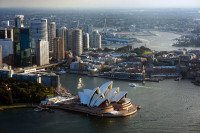
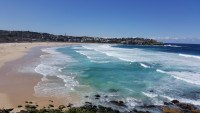
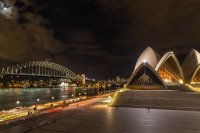
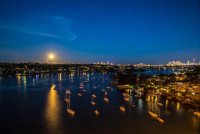
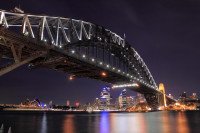
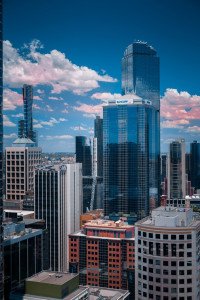
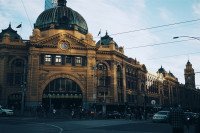
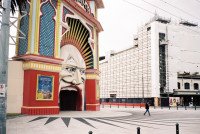
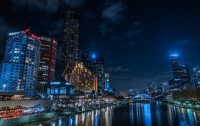
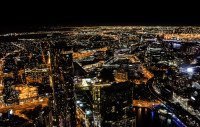

_-_Railway_Station-custom_banner-thumb.jpg)




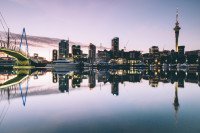
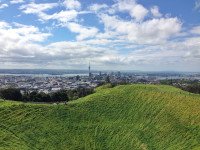
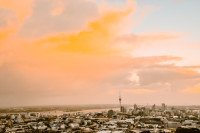
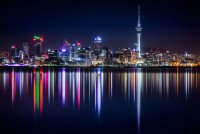
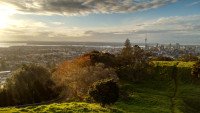
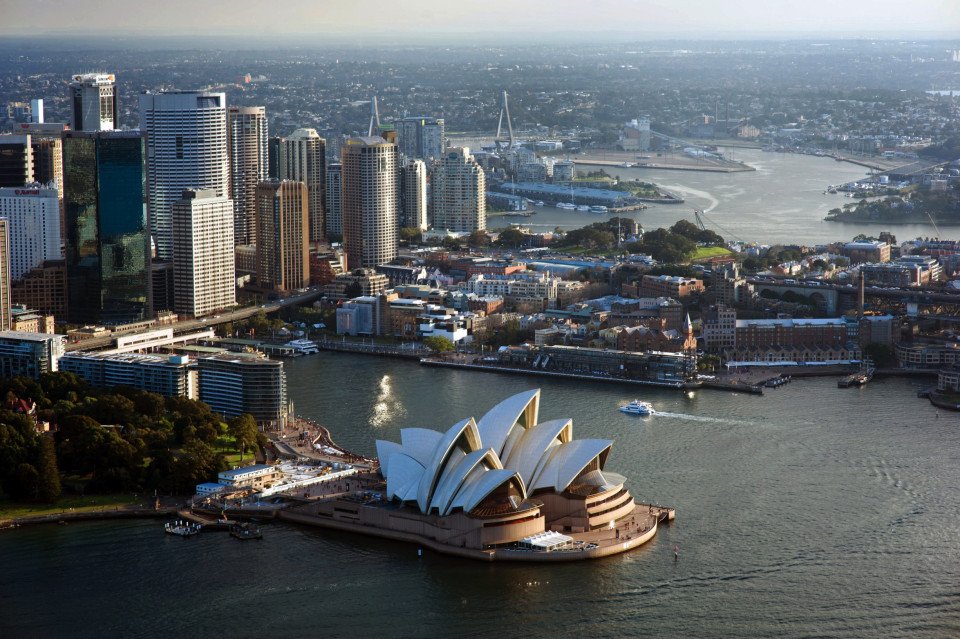
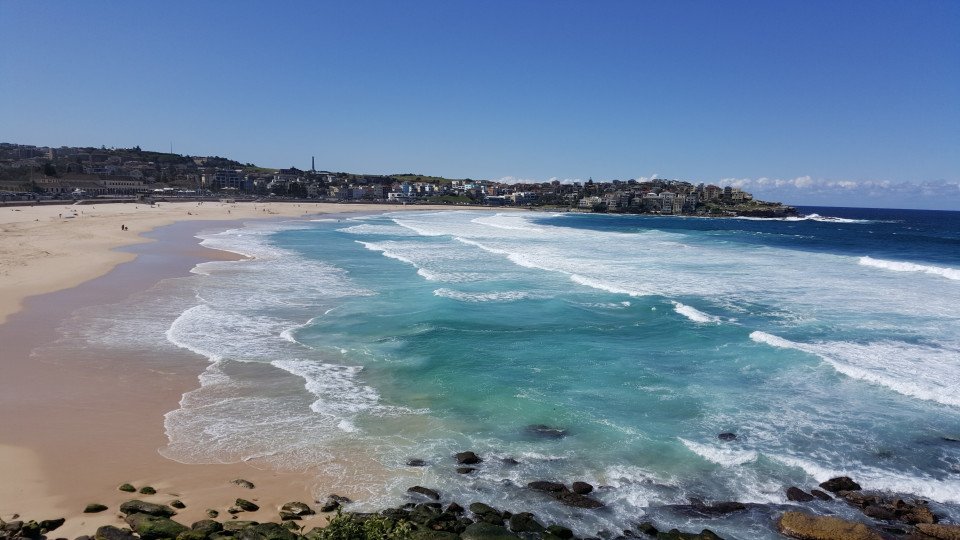
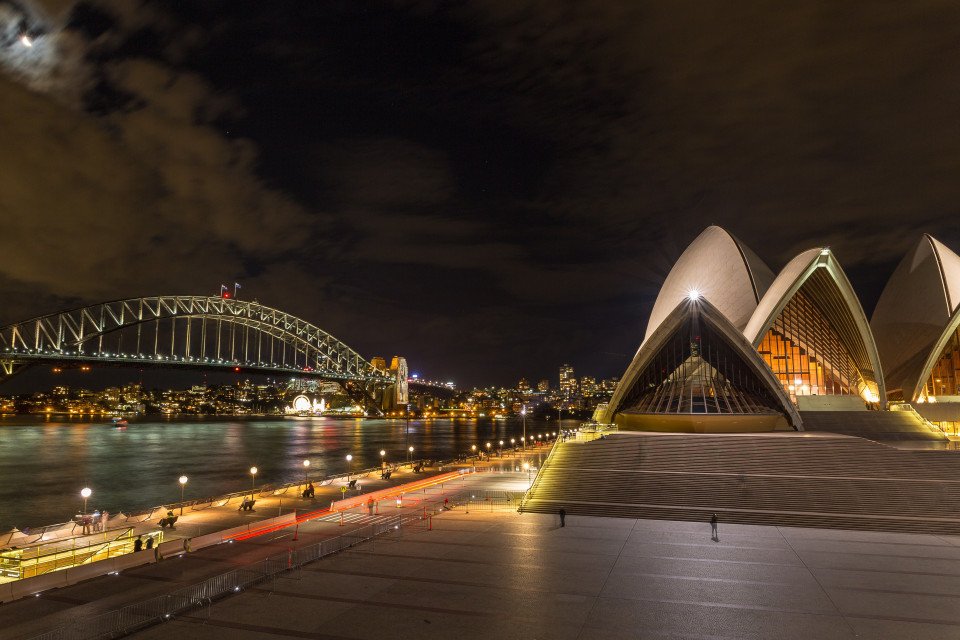
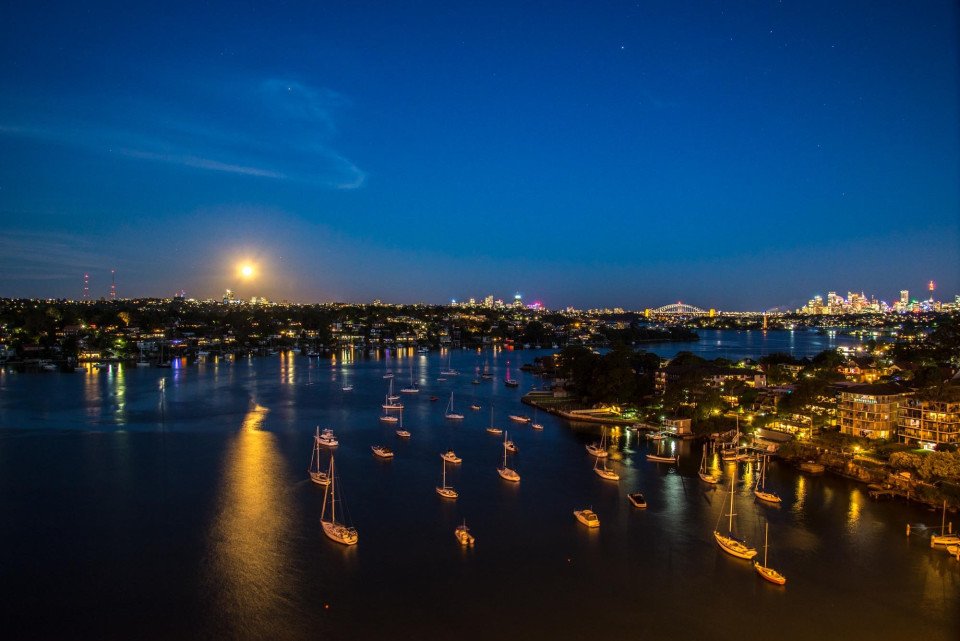
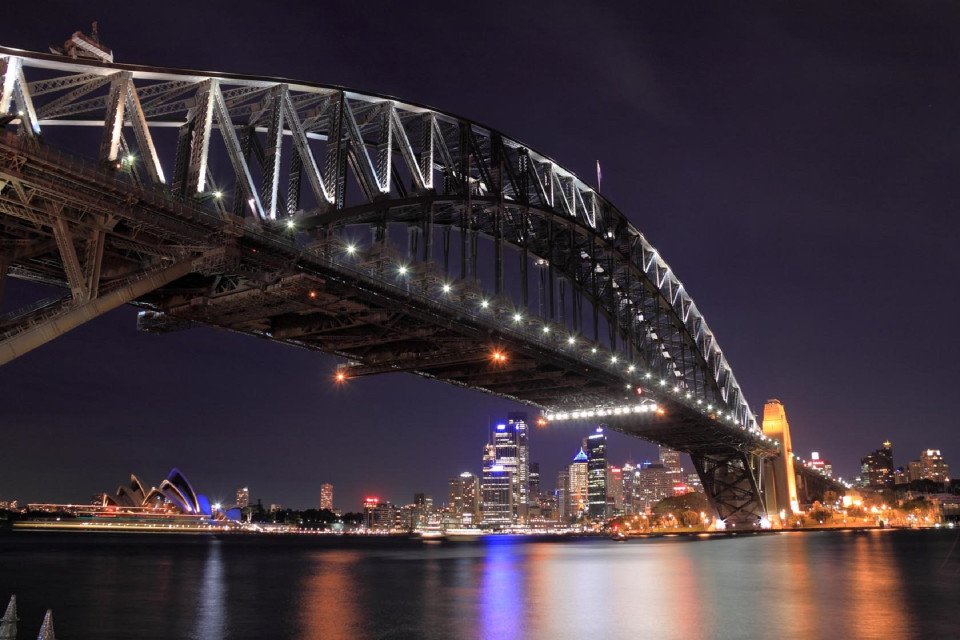
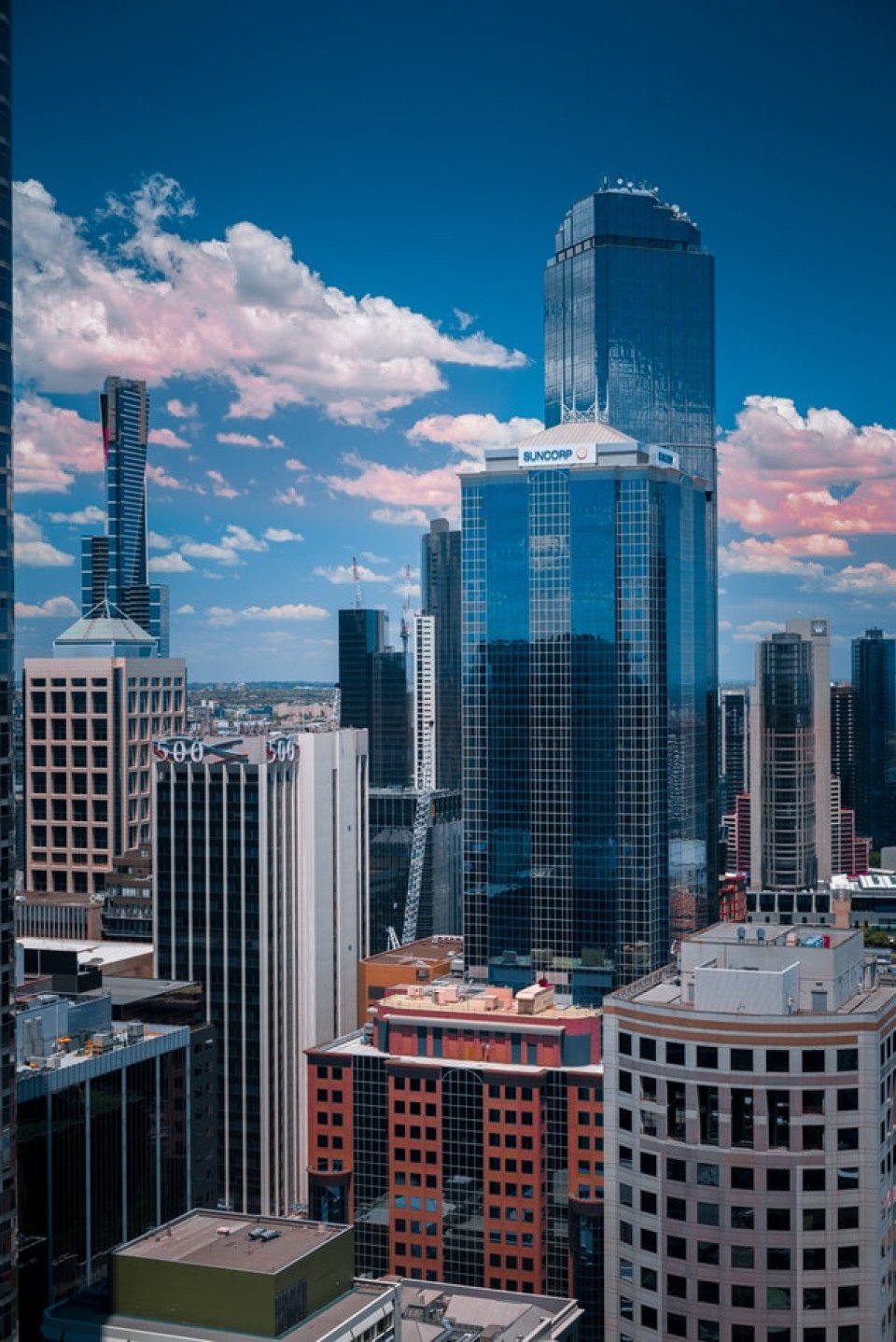
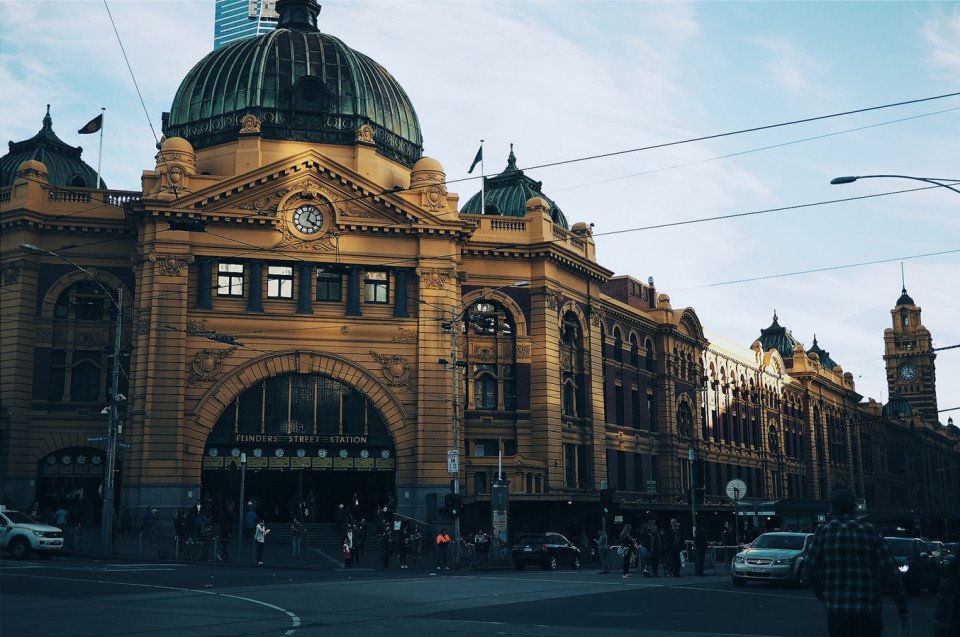
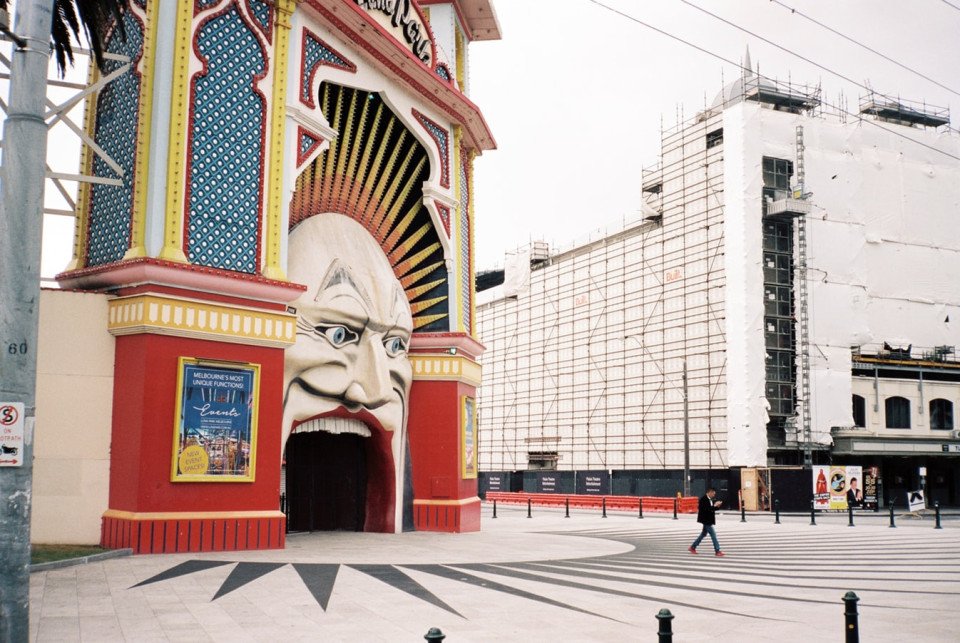
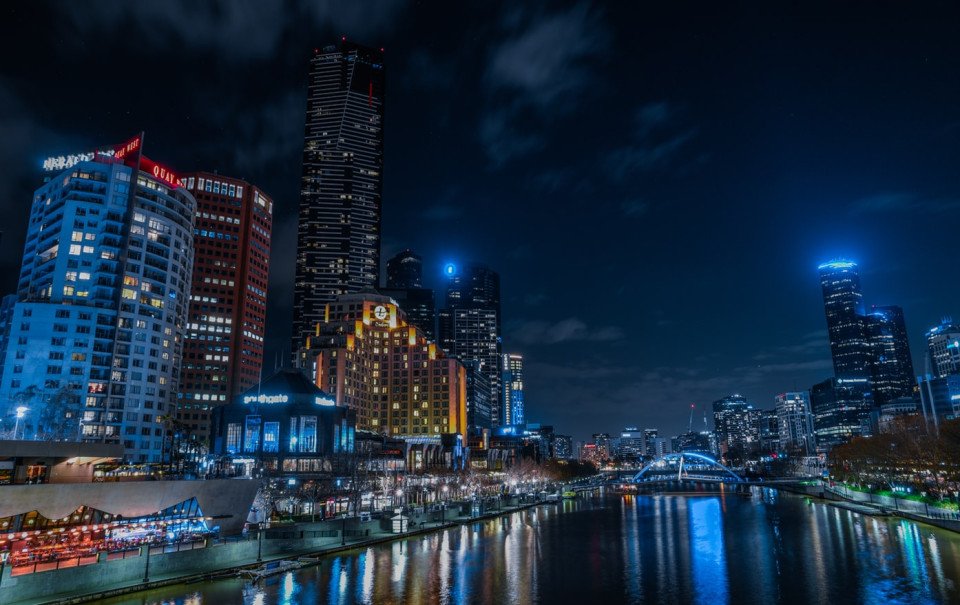
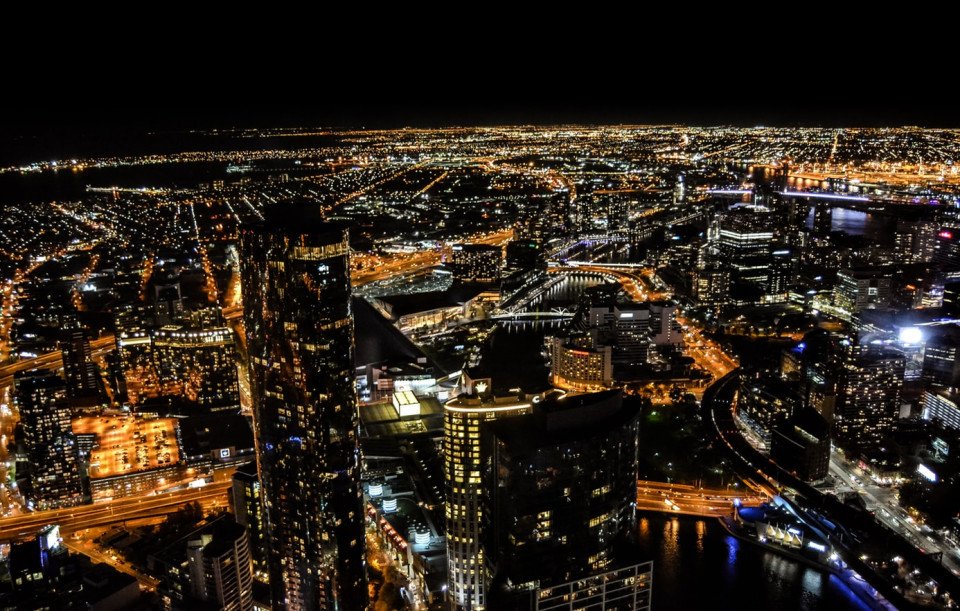

_-_Railway_Station-custom_banner-banner_half.jpg)




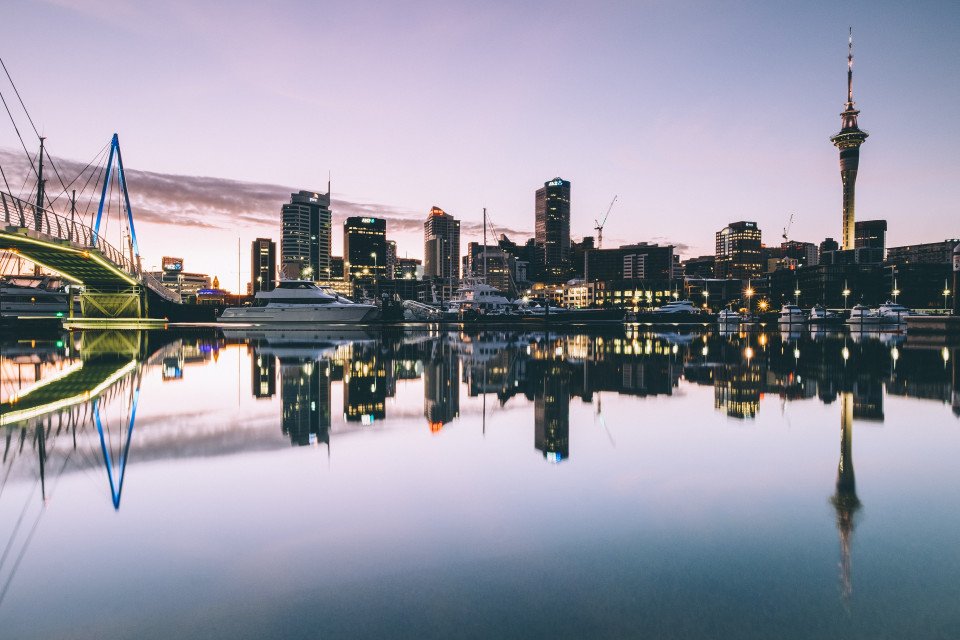
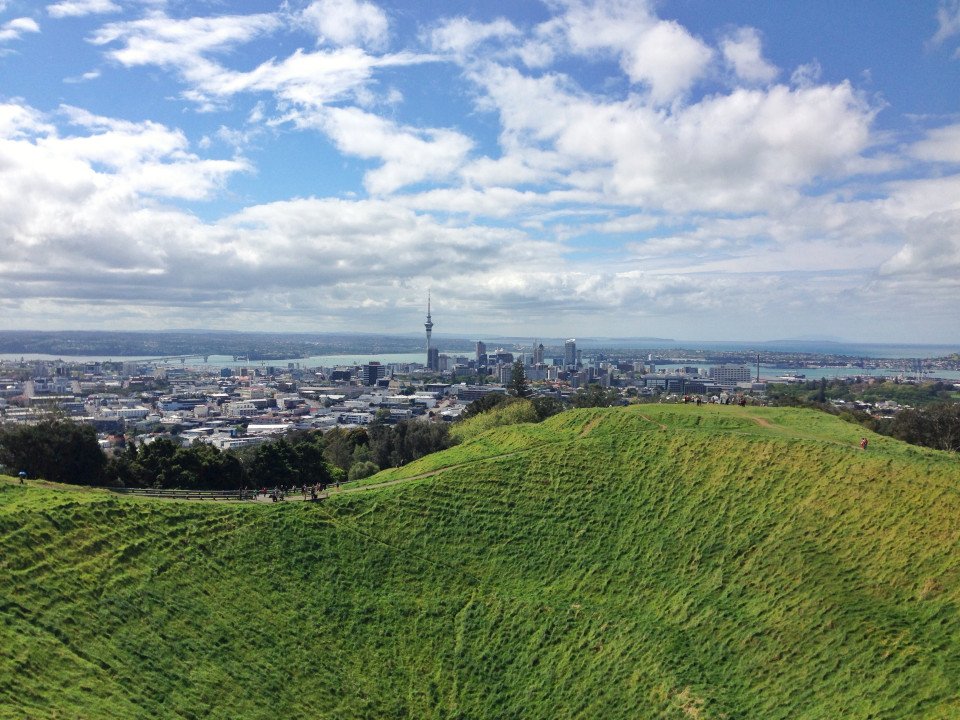
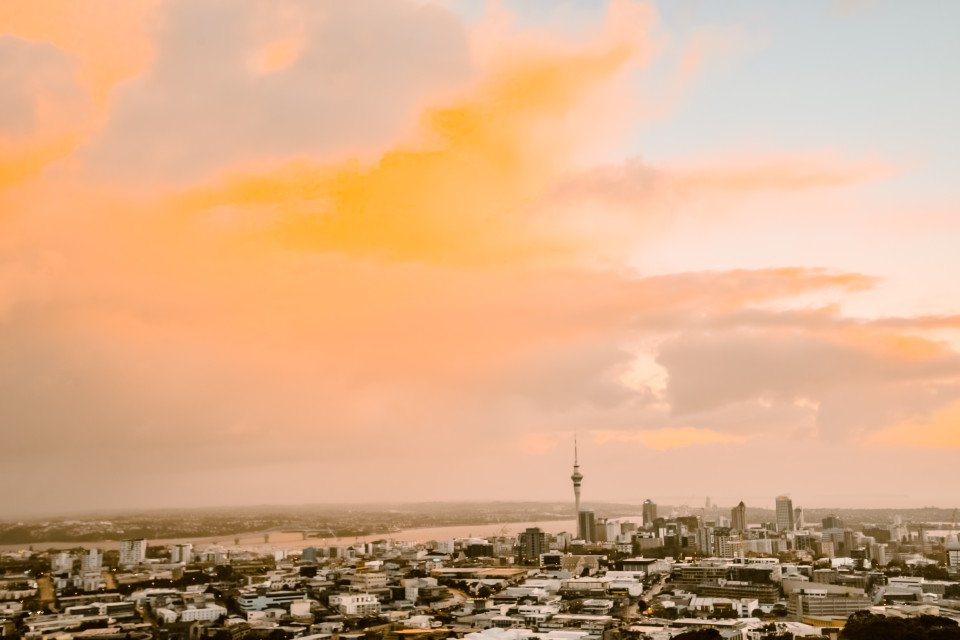
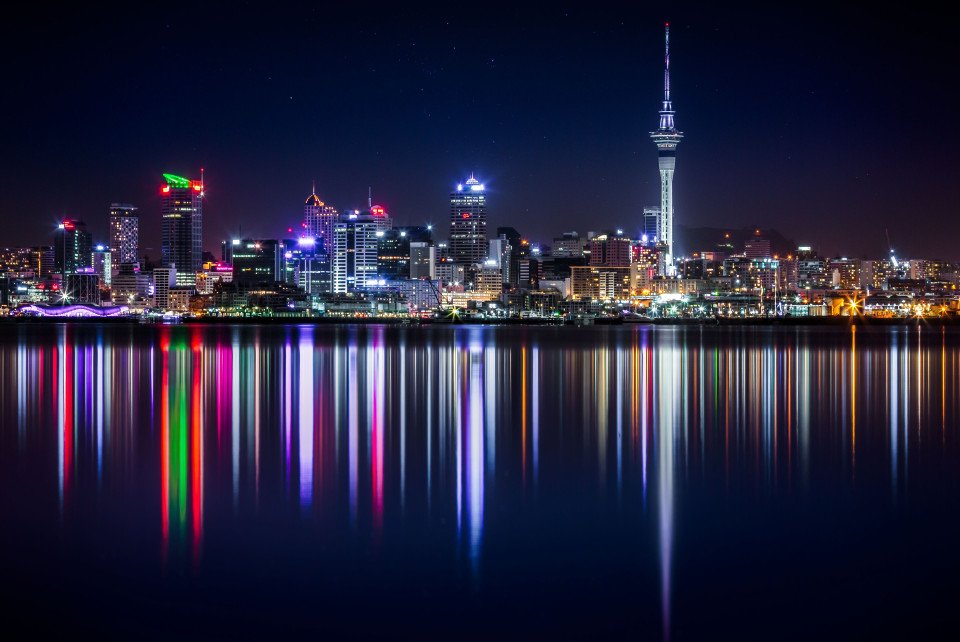
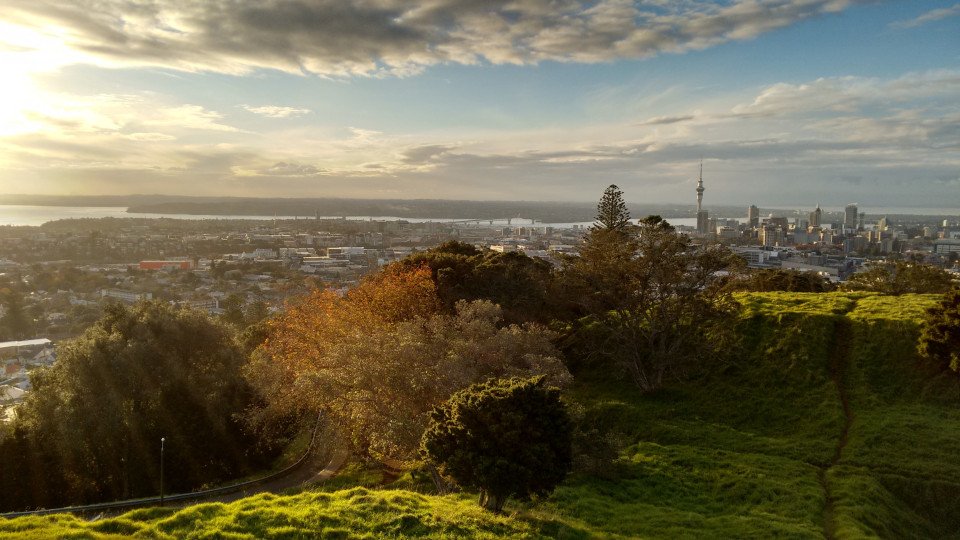



















-large_thumb.jpg)









